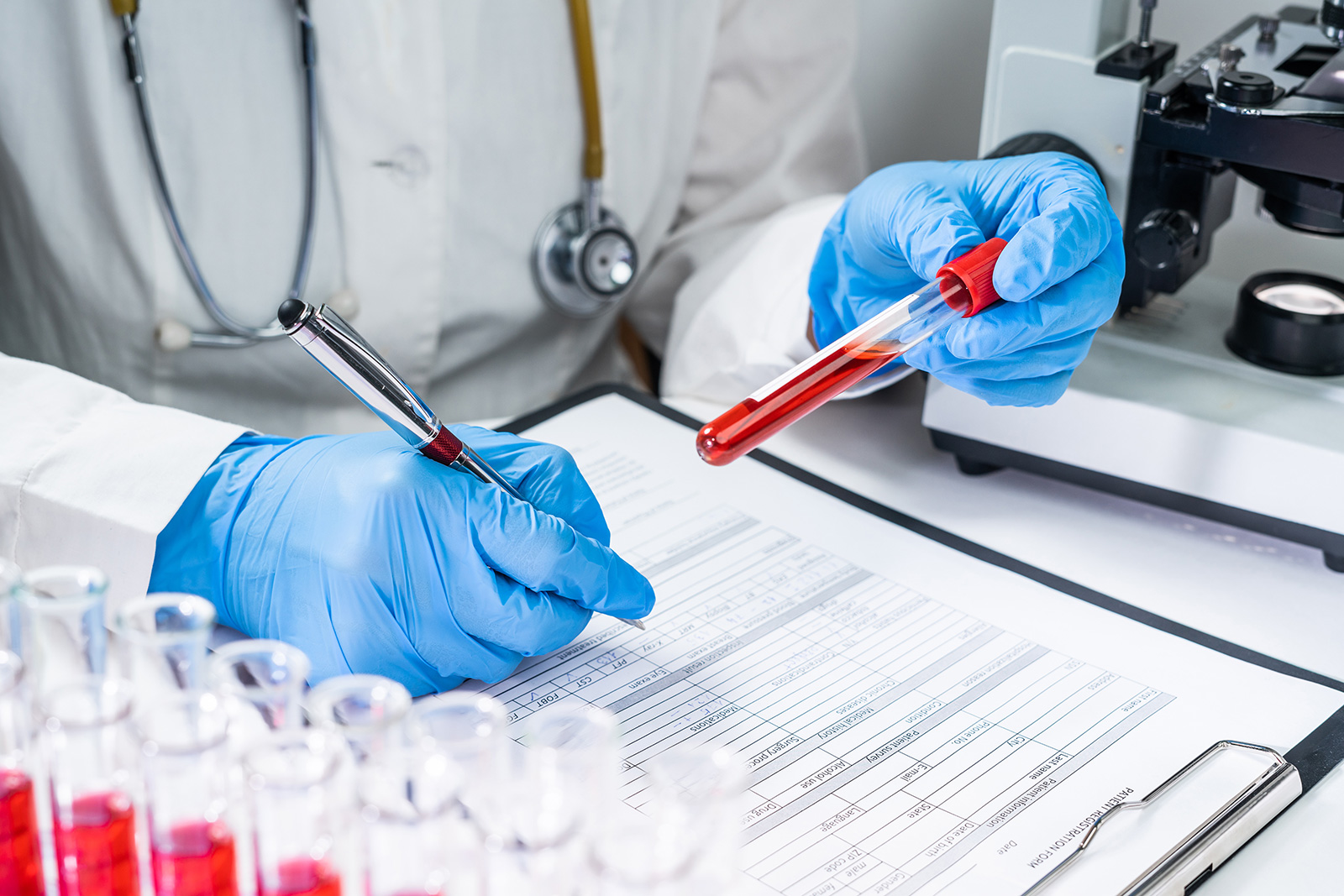One Simple Blood Test Could Predict Your Future Disease Risk
What if you could tell your future disease risk just by taking a blood test? While it might sound too good to be true, this type of test could very well be coming. According to a post shared on The Conversation, some scientists think that complete blood count tests could soon be used to help doctors determine just that.
A complete blood count, or CBC, is one of the most common blood tests in the world. Chances are, if you have ever had a blood test, then you've had a CBC. These tests are run billions of time each year, and they help diagnose conditions like iron deficiency, low platelet counts (which can mean internal bleeding), or even signs of infection with increased white cell counts.
However, one mathematician says these tests could also help us determine our future disease risk. Brody H. Foy, Assistant Professor of Laboratory Medicine and Pathology at the University of Washington, says he and his colleagues have been looking at ways to improve clinical blood testing. One major improvement they've found is using machine learning to determine what is actually normal for a patient.

See, every person is different. Our bodies our different. The "normal" baselines of what our body needs are different, too. These baselines are called set points. For example, Foy says the normal platelet count at a population level is between 150 and 400 billion cells per liter of blood. However, your body's set point might only be 250, meaning your normal range is 200 to 300.
The problem here, though, is that differences between your "true" normal range and the population-based reference can create problems for your doctor. As such, they may prove less likely to diagnose a condition if your set point is far from a cutoff. On the other hand, they could also end up running unnecessary tests if the set point is too close to a cutoff. This makes determining future disease risk more difficult on its own.
However, by adding machine learning into the mix, Foy and his colleagues believe that they could come up with a way to define what is normal for each patient more reliably. This would make it easier for doctors to determine when things are off from the patient's set point. They could then more easily diagnose diseases and conditions.
It isn't quite as spectacular as relying on AI doctors to diagnose your diseases, but machine learning is still a bit of a wild card when it comes to certain industries.
